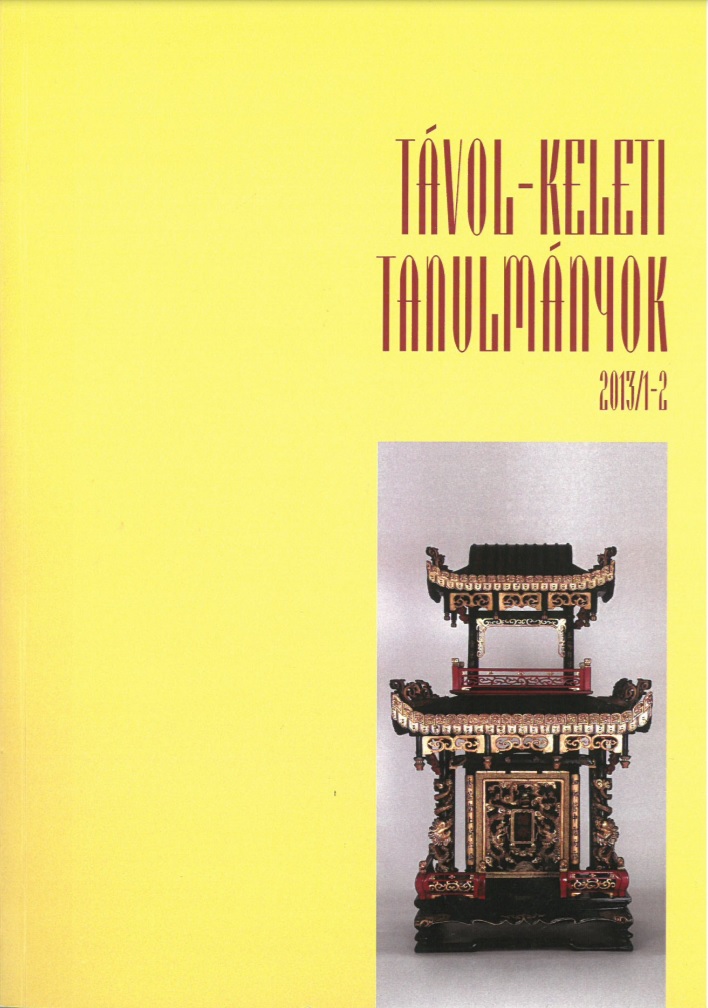Early Vestiges of Hungarians in Japan: based on the data about Móric Benyovszky’s and Gyula Tornai’s stay in Japan
Published 2014-10-03
How to Cite
Copyright (c) 2014 the author(s)

This work is licensed under a Creative Commons Attribution-NonCommercial 4.0 International License.
Abstract
The present study explores the influence of two Hungarian persons who were staying in Japan for some time: Móric Benyovszky (1746–1786) and Gyula Tornai (1861–1928). Móric Benyovszky arrived in Japan in 1771, and the present article investigates his letter written to some Dutch people in Nagasaki. The Kaikoku heidan 海国兵談 by Shihei Hayashi 林子平, published in 1791, preserved an interesting admonition of a certain Han Bengorō that the coasts of Japan would deserve special attention in terms of military defense. The study traces the Japanese scholars’ gradual recognition of Han Bengorō as identical with the Hungarian M. Benyovszky. The other person discussed in this study is the Hungarian painter, Gy. Tornai, who was the author of several paintings of the contemporary Japanese life, but one of them has never been published: the portrait of Shigenobu Ōkuma 大隈重信 (1838–1922), who acted twice as the prime minister of Japan (1898, 1914–1916). The painting (111.8 cm x 78 cm), which contains several visual references to certain episodes of the politician’s life, is published here for the first time.
